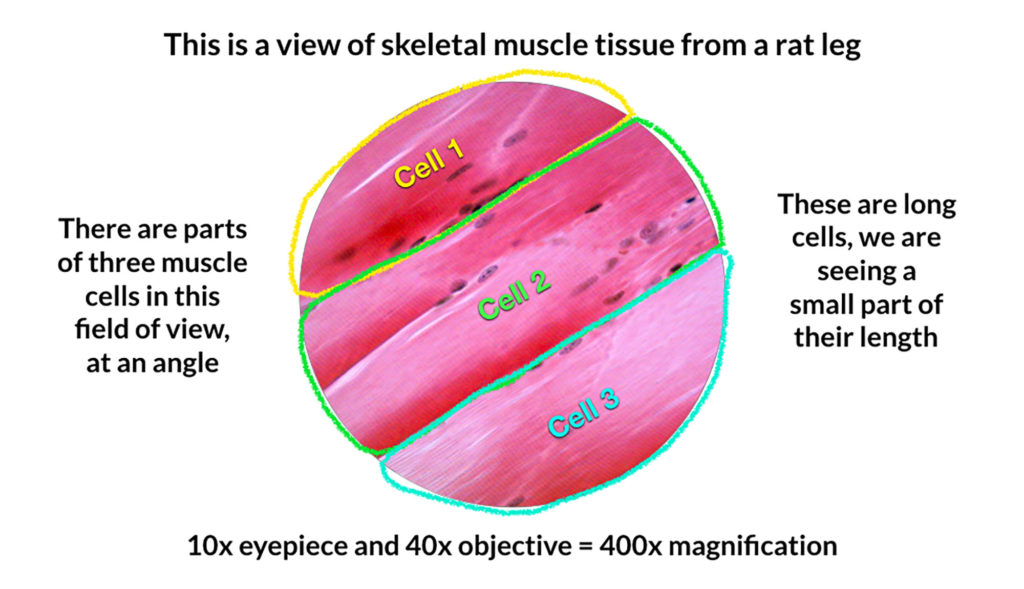
Motion & Tracking Researching Animals on the Move


Motion & Tracking Objectives
-
Provide examples of different forms of animal motion, including accompanying physical structures and behaviors.
-
Describe the different issues associated with movement in the air, in the water, and on land.
-
Explain the benefits and limitations of video and tracking technologies.
Animals are not the only organisms that move, but the speed and range of movement are extraordinary due to specialized structures.

When people list the characteristics of animals, movement is usually at the top of the list.
Much of this movement is carried out by the specialized skeletal muscle cells that were introduced in the magnification section.
This video provide a microscopic look at the skeletal muscles.
Locomotion, an animal’s body moving from one place to another, is typically a combination of muscle contraction and environmental features like water, wind, or gravity.
Movement through the air has the least resistance, but takes a great deal of energy to resist gravity.
Monkeys swing and use momentum to minimize muscle contraction and energy expenditure.

Hummingbirds demonstrate why birds don’t eat leaves: they need the high energy of nectar, insects, or for many species, seeds.
Water resistance means that it takes a great deal of energy to reach a speed than it does the same speed on land. Animals have stream-lined shapes and large, flat surfaces to push against the water.
A seal demonstrates the combination of streamlined shape and flippers to push against the water.
Ducks also tuck into a streamlined shape when diving under water, and use modified feet to paddle.
Large animals typically use legs to move on land. The snake and millipede show extreme differences in structure.
Most snake species do not have legs, but use complex muscular movements to contract and extend various parts of their body.
Millipedes have hundreds of small legs that work in an undulating pattern to move them forward.
Many animal species do not thrive in captivity or need large enclosures to move around. This could be due to a high activity level, drive to move long distances, territoriality, diets that are difficult to duplicate, elaborate mating and reproduction requirements, or a combination of these factors.
Not all pets have been artificially selected for long periods of time. Animals used in laboratory research like rats and mice have been bred to be docile and calm. Hamsters have been primarily bred for appearance, and need high levels of activity to reduce destructive behaviors.
Similarly, Bengals Cats retain ancestral behaviors, including high activity levels. A large exercise wheel reduces territoriality, fighting, and pacing.
Since cats, dogs, and other vertebrate species have muscle tissue similar to humans, exercise is also key to their physical health.
Although typically animal research is used for human medical treatments and medications, in recent years, results from human exercise studies have been extrapolated to animal care.

Video & Tracking
Animals often alter behaviors when humans are present, and some animals like the snow leopard are hard to even find. New technologies broaden the range of animal research possible.

Animal tagging has been carried out for centuries with paints, tattoos, and collars. Tagging primarily identifies a study animal, it does not necessarily give an indicator of where it has been or what it was doing.
A worker bee has been marked with paint to identify her in a group of bees.
Radio collars have been used extensively as an effective and relatively inexpensive way to collect data on animal movements.
Here a mountain goat is being tracked in Glacier National Park to provide data on where its herd is traveling in the park.
Tracking has been critical in monitoring endangered species, where the loss of even a few reproductive individuals can lead to the extinction of the species.
This cheetah has been outfitted with a tracking collar. If the collar stops moving for an extended time, it can indicate that the animal is injured and needs care, or if dead, may have offspring that need care.
Advances in tracking technology have made it possible to study possible causes of species declines.
There are tracking applications closer to home.
Our cats wear trackers on their harnesses in case they get off their leashes and move out of sight.
Tracking devices are now relatively inexpensive and much more readily used in research and home applications.
Video technologies and extended battery life enable researchers to collect data on animals that avoid humans or behave significantly different when humans are around.
Video is critical in habitat restoration to demonstrate that animals are using nest boxes and food sources.
With the improvement of video capabilities on smartphones, more people are collecting data outside of the traditional science community. “Citizen Science” produces extensive shared video that can be used as a data source.
You can modify a smartphone to capture slow motion views not detectable with the human eye.
Significant limitations still exist in being able to remotely study animals. Equipment can be expensive, particularly if long battery life or high resolution is required. Storage of data can also be costly, and it takes time to process massive amounts of information. As technology advances, the improved availability of equipment to more people is expected to advance research of wild animal populations.
The next section demonstrates the challenges of studying animal species that have different schedules and rhythms than humans.

Check your knowledge. Can you:
-
provide examples of different forms of animal motion, including accompanying physical structures and behaviors?
-
describe the different issues associated with movement in the air, in the water, and on land?
-
explain the benefits and limitations of video and tracking technologies?



